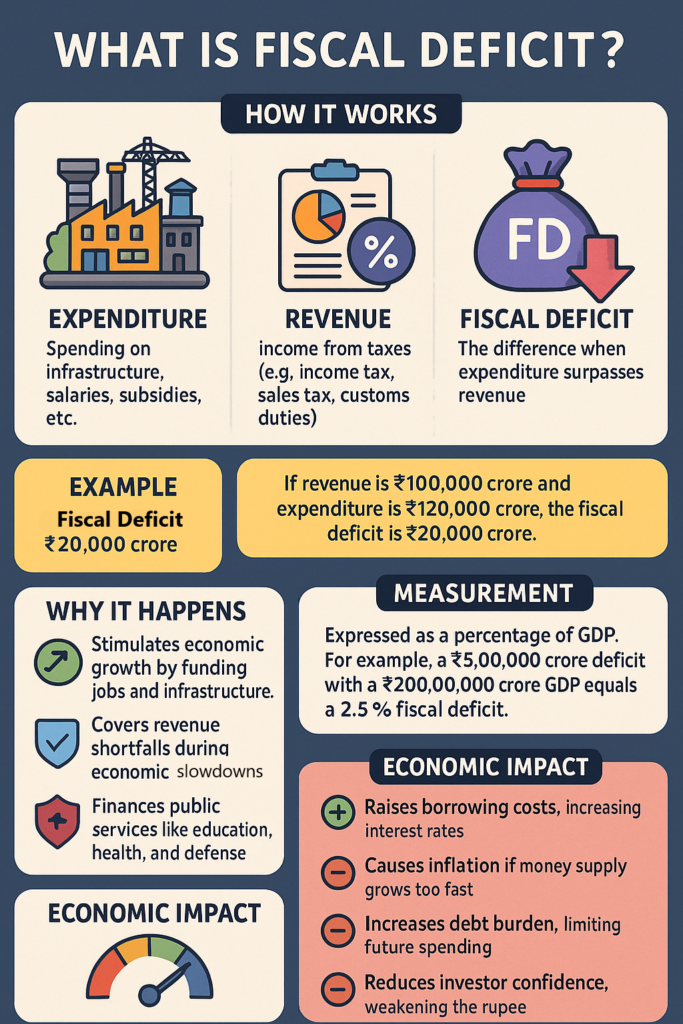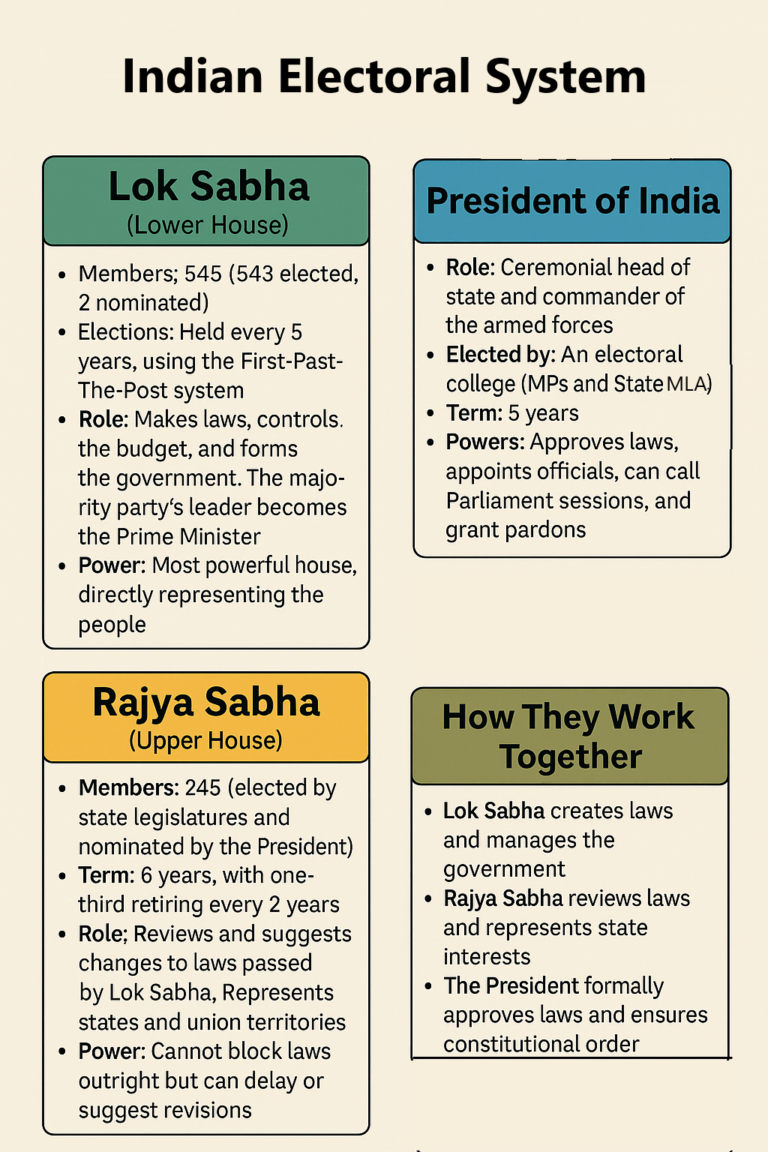Overview of Civil Services in India: Central and State Government Rankings
India’s civil services are divided into Central and State systems, each with its own set of structures and ranks. The ranks in these services are determined based on the responsibilities, job roles, and authority levels. Below is a detailed breakdown of the Central and State civil service rankings:

1. Central Civil Services
Indian Administrative Service (IAS)
The Indian Administrative Service (IAS) is the top-ranking civil service in India, with a key role in administrative functions across both the central and state governments. IAS officers hold important positions that directly influence policy-making, governance, and the implementation of government programs.
Rank Structure (Central Govt):
- Cabinet Secretary
The highest-ranking official in the Indian government, overseeing the administration and functioning of the government. - Secretary
Senior officers responsible for managing major ministries or departments in the government. - Additional Secretary
Senior officials assisting the Secretary in managing various departments and coordinating administrative functions. - Joint Secretary
Officers handling strategic tasks, often coordinating inter-ministerial projects and policy implementation. - Director
Mid-level officers overseeing specific areas within departments or ministries. - Under Secretary
A junior level administrative officer assisting in departmental functioning and policy drafting. - Deputy Secretary
Supporting roles in managing specific tasks under the direction of senior officers. - Assistant Secretary
Entry-level administrative officers involved in assisting higher-ranking officials in policy execution.
Field/Administrative Role: Administrative management, policy formulation, public administration, and government scheme management.
Indian Police Service (IPS)
The Indian Police Service (IPS) focuses on law enforcement and ensuring internal security. IPS officers manage police forces at both the central and state levels and play a crucial role in maintaining law and order.
Rank Structure (Central & State Govt):
- Director General of Police (DGP) (State level)
The highest rank in state police forces, overseeing all law enforcement activities. - Additional DGP
Senior officers assisting the DGP with administrative and operational responsibilities. - Inspector General of Police (IG)
Officers responsible for overseeing regions or specific divisions within the state or central police service. - Deputy Inspector General (DIG)
Officers responsible for maintaining order and coordinating police activities in specific regions. - Superintendent of Police (SP)
Head of the district police, responsible for maintaining law and order and implementing state-level policies. - Assistant Superintendent of Police (ASP)
Officers assisting SPs in handling district police operations. - Deputy SP
Lower-ranked officers working under the ASP, assisting with law enforcement tasks. - Police Sub-Inspector (SI)
Junior officers involved in the direct administration of police work, handling day-to-day law enforcement tasks.
Field/Administrative Role: Crime prevention, law enforcement, maintaining public order, and ensuring internal security.
Indian Foreign Service (IFS)
The Indian Foreign Service (IFS) represents India’s diplomatic interests on the global stage. IFS officers manage foreign relations, handle diplomatic communications, and represent India’s interests internationally.
Rank Structure (Central Govt):
- Ambassador/High Commissioner
The highest rank in the IFS, responsible for representing India in foreign countries and managing bilateral relations. - Consul General
Officers who manage Indian consulates in foreign countries and provide consular services to Indian nationals. - First Secretary
Senior diplomats responsible for handling important diplomatic functions and policy formulation. - Second Secretary
Mid-level officers assisting in diplomatic engagements and coordination. - Third Secretary
Junior diplomats involved in managing specific areas of foreign policy and handling administrative tasks. - Attaché
Entry-level diplomats, often responsible for specific sectors such as cultural or economic affairs. - Under-Secretary
Junior diplomats involved in the administrative aspects of foreign missions.
Field/Administrative Role: Foreign diplomacy, managing international relations, and advancing India’s interests abroad.
Indian Revenue Service (IRS)
The Indian Revenue Service (IRS) is divided into two branches: Income Tax and Customs and Central Excise. IRS officers manage India’s tax policies and enforcement, ensuring tax compliance and revenue collection for the government.
Rank Structure (Central Govt):
- Chairperson (CBDT or CBIC)
The highest position in the Indian Revenue Service, responsible for overseeing the entire revenue system. - Principal Chief Commissioner
Senior officials overseeing the operations of specific revenue divisions such as income tax or customs. - Chief Commissioner
Officers responsible for managing regional or state-level revenue functions. - Additional Commissioner
Assisting the Chief Commissioner in overseeing tax operations and enforcement. - Joint Commissioner
Officers handling specific areas within tax departments, ensuring compliance and management. - Deputy Commissioner
Officers who handle specific tax enforcement duties and audits. - Assistant Commissioner
Entry-level officers involved in field operations and revenue collection. - Income Tax Officer
The frontline officers involved in assessing and collecting taxes.
Field/Administrative Role: Revenue collection, tax enforcement, customs administration, and tax policy execution.
Indian Forest Service (IFS)
The Indian Forest Service (IFS) is responsible for managing India’s forests, wildlife conservation, and implementing environmental protection policies at the national level.
Rank Structure (Central & State Govt):
- Principal Chief Conservator of Forests (PCCF)
The highest-ranking forest officer in charge of managing forest and wildlife resources. - Additional PCCF
Senior officials assisting the PCCF in overseeing national forest management and wildlife protection programs. - Chief Conservator of Forests
Officers responsible for implementing forest conservation programs at the regional level. - Conservator of Forests
Responsible for managing specific regions and ensuring that forest policies are followed. - Deputy Conservator of Forests
Officers handling operational management and conservation activities in forests. - Range Forest Officer
Lower-ranking officers involved in on-ground forest management and wildlife protection. - Forest Officer
Officers responsible for managing forest resources and carrying out conservation tasks.
Field/Administrative Role: Forest management, environmental protection, wildlife conservation, and sustainable resource management.
2. State Civil Services
Each state in India has its own civil services system, designed to manage state-level administration. States conduct their own exams through State Public Service Commissions (SPSCs) for recruitment into these services.
State Administrative Service (SAS)
The State Administrative Service (SAS) is akin to the IAS but operates at the state level. SAS officers manage local government administration, implement state policies, and oversee district-level governance.
Rank Structure (State Govt):
- Principal Secretary (State)
The highest-ranking official within state civil services, overseeing the administration of key state departments. - Secretary
Officers managing important ministries or departments at the state level. - Additional Secretary
Senior officials assisting in the management of key state functions. - Joint Secretary
Officers who handle specific responsibilities in policy implementation and administration. - Deputy Secretary
Mid-level officers involved in administrative duties under the guidance of senior officers. - Under Secretary
Junior officials assisting with the day-to-day functions of government departments.
Field/Administrative Role: Managing state policies, district administration, and overseeing state revenue collection.
State Police Service (SPS)
The State Police Service (SPS) mirrors the IPS at the state level, overseeing law enforcement, crime prevention, and public order within the state.
Rank Structure (State Govt):
- Director General of Police (DGP)
The senior-most officer in state police, responsible for managing all law enforcement activities. - Additional DGP
Officers who assist the DGP in coordinating state-level policing efforts. - Inspector General of Police (IG)
Officers responsible for overseeing police operations in a specific state region. - Deputy Inspector General (DIG)
Officers coordinating police activities and operations in specific zones. - Superintendent of Police (SP)
Senior officers in charge of maintaining law and order at the district level. - Assistant Superintendent of Police (ASP)
Junior officers assisting the SP in managing district police operations. - Deputy SP
Junior police officers working under the ASP to ensure the enforcement of law. - Police Sub-Inspector (SI)
Officers involved in the implementation of police policies and enforcement on the ground.
Field/Administrative Role: Crime prevention, maintaining public order, and overseeing law enforcement operations.
State Revenue Services
The State Revenue Services manage local tax collection, land administration, and enforcement of state-level tax policies, ensuring that the state generates and manages its resources efficiently.
Rank Structure (State Govt):
- Revenue Commissioner
Senior official overseeing the management of state revenue systems and policy execution. - Joint Commissioner
Officers assisting the Revenue Commissioner in managing state-level revenue and taxation processes. - Deputy Commissioner
Officers responsible for implementing state taxation policies and revenue collection systems. - Assistant Commissioner
Entry-level officers involved in the administration of local revenue systems and ensuring compliance with state tax laws.
Field/Administrative Role: Revenue collection, land administration, and state taxation management.
State Forest Service
The State Forest Service manages state-level forest conservation efforts, wildlife protection, and enforcement of environmental regulations.
Rank Structure (State Govt):
- Chief Conservator of Forests (CCF)
Senior officer responsible for overseeing forest management at the state level. - Conservator of Forests
Officers in charge of implementing forest and wildlife conservation policies. - Deputy Conservator of Forests
Officers assisting in managing specific regions and forest operations. - Assistant Conservator of Forests
Junior
officers responsible for ensuring the implementation of forest conservation programs.
- Range Forest Officer
Mid-level officers involved in the direct management of state forests and wildlife sanctuaries. - Forest Guard
The front-line officers responsible for protecting forests and enforcing forest laws.
Field/Administrative Role: Forest management, wildlife conservation, and environmental protection.
Conclusion
The civil services in India are structured in a hierarchical manner at both the central and state levels. Central services like IAS, IPS, and IFS are the most prestigious, while state services such as SAS, SPS, and State Forest Service perform similar administrative duties at the state level, ensuring that governance functions smoothly across the nation.










